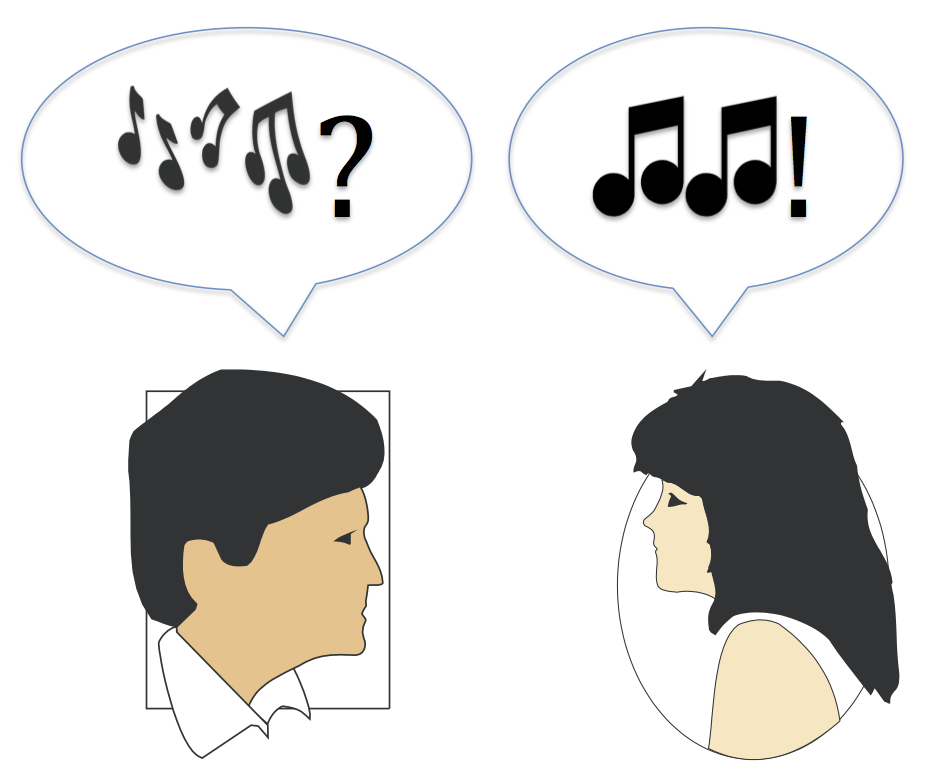
HARMONIC EXPANSIONS
CHAPTER 6: PERIODS AND CADENCES
6.1 Introduction
 |
 |
 |
 |
Play the two audio files above. Each one is a musical phrase, but the first one, unlike the phrases on previous pages, does not seem complete by itself. By now you must be wondering how composers write music which lasts 15 minutes or longer if music theory is based on just one phrase. Of course composers use many phrases to lengthen their pieces and it is time now to study how composers break out of this single phrase model.
Chapter 6 will examine two phrases at a time. In keeping with the theme of harmonic expansions, these phrases will be presented as expansions of the fundamental harmonic progression and ultimately of the primordial tonic .
The phrases in Chapter 6 have a special relationship to each other and together they are called a period. The first phrase always sounds incomplete or questioning, like the first phrase above. The second one sounds like a satisfying and conclusive answer--an end to the conversation--like the second phrase above. These conversational associations are achieved by harmonic formulas at the end of each phrase called cadences. The two melodies above imply two different harmonies, or kinds of cadences, to achieve their question and answer effect. Some theorists have even characterized one particular cadence with another conversational term, not as a question but as an interruption of the fundamental harmonic progression. Will it sound that way to you? Go to the next page and you be the judge.
 |
 |
 |
 |
Comments? Click here. |



